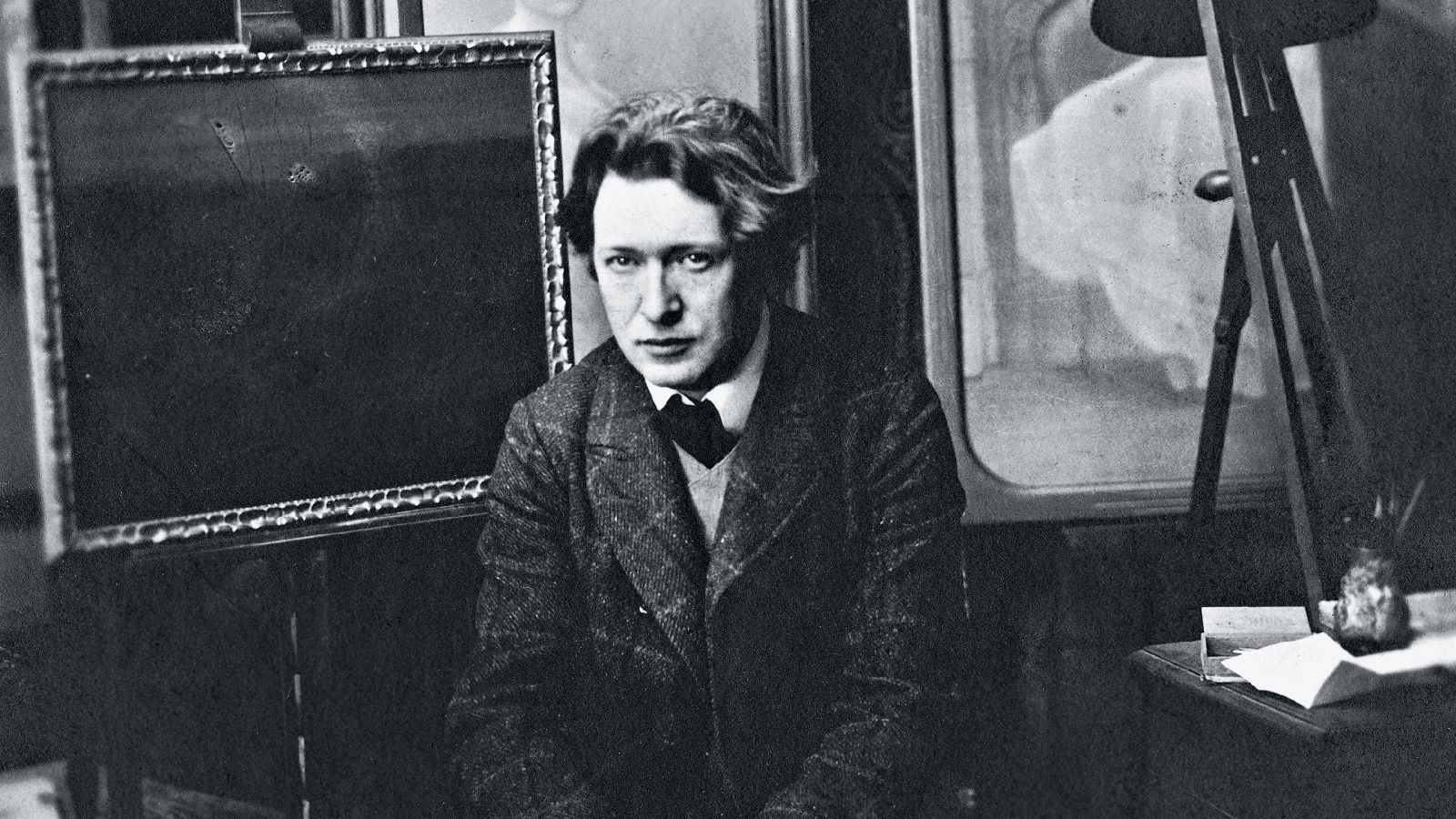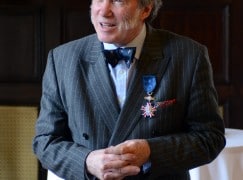Father of concerthall acoustics has died, aged 102
mainLeo L. Beranek, the American scientist who turned acoustics into an international business, has died in a retirement home in Westwood, Mass., at the great age of 102.
Aside from his pioneering work at Bolt, Beranek, Newman, Beranek founded a television station in Boston and made millions when he sold it. He also chaired the trustees of the Boston Symphony Orchestra and gave generously throughout his life.
Despite notable acoustic successes elsewhere – especially the Tanglewood Music Shed – he was heavily criticised in 1962 for the sound of the Philharmonic Hall at Lincoln Center and did not undertake another concert hall for 30 years.
Obit here.
Recent interview here.






His text Concert and Opera Halls: How They Sound is still the definitive work in the field. Mark Holden always speaks of Leo with reverence. It’s also crucially important to remember that Beranek’s acoustic plan for Avery Fisher was based on the hall’s shape before Robert Moses’s troops widened the hall for a seat count.
I hadn’t known that.
Curses! Robert Moses strikes again!
That sounds much more flippant than I really feel. Moses messed up a lot of things. I have to keep reminding myself that he’s responsible for some very good things as well.
Beranek’s first book on concert hall acoustics (Music, Acoustics and Architecture, 1962), which documents the research and science behind his original intentions for Philharmonic Hall contains a drawing of a design that, if it had been built as he wanted, would have spared NYC decades of poor acoustics and millions of dollars in only partially effective renovations and rebuilds. By now it should not be a surprise that he came up with a traditional shoebox layout.
To me, Beranek’s greatest achievement was the acoustically (and visually) gorgeous Tokyo Opera City concert hall, a basic shoebox design with a stunning vaulted ceiling. The concert I heard there was the highlight of my most recent trip to Tokyo.
BTW, in my only personal interaction with him, he struck me as a modest type who would be embarrassed with the title of ‘father of concert hall acoustics.’ I think he’d agree with me that honor should go to Wallace Sabine, the Harvard scientist responsible for the acoustics of Boston’s Symphony Hall. Sabine pretty much invented the field of architectural acoustics.
I met him in Boston in his 90’s, when he gave a talk on the Boston Symphony Hall and autographed my copy of his book. He was very approachable.
A big problem with Geffen Hall is due to additional seats that were plopped in post design (both architectural and acoustical). Many have written of this. It’s interesting to note that the Hall is basically the right shape but the architectural design flaws could not be compensated for. Acousticians can only work with what they’re given.
If you want an example of horrendous acoustics, I can immediately point to the former Ford Auditorium in Detroit, now thankfully demolished. Ugly modernist junk with a repugnant sound, AND with a wonderful Skinner organ that couldn’t be heard because of its location behind the cloud in the rafters.